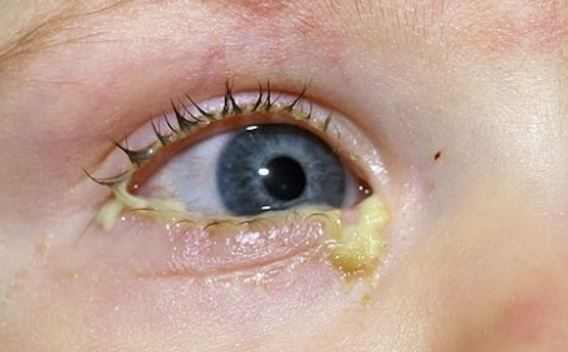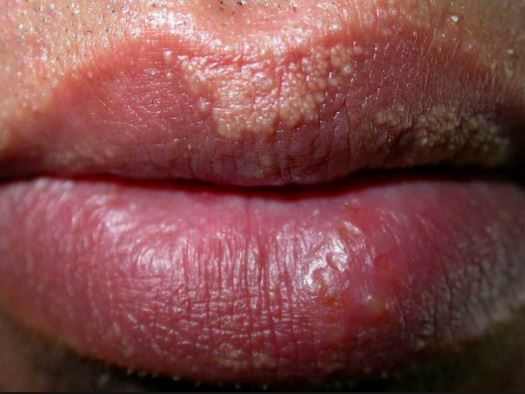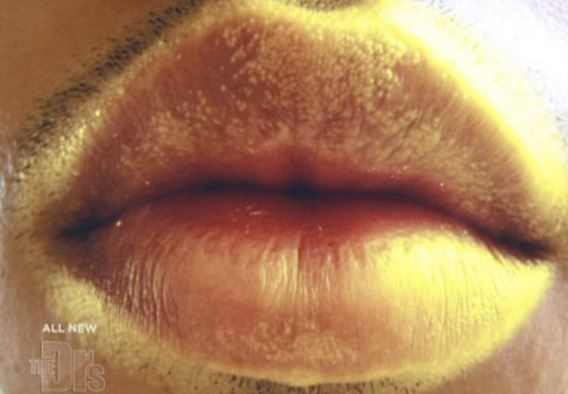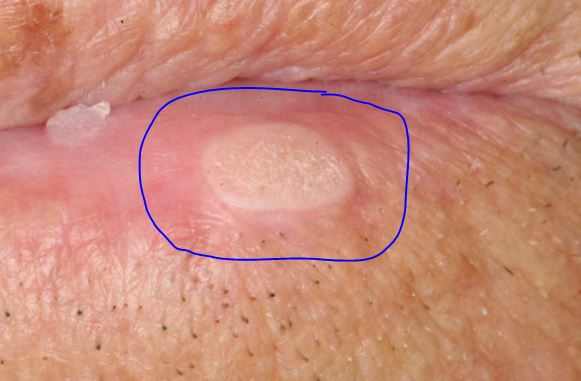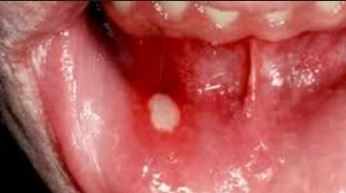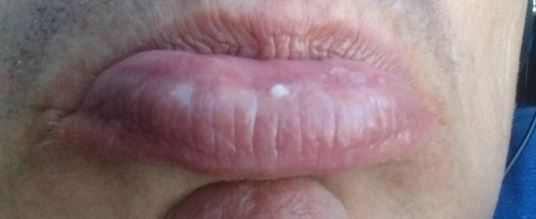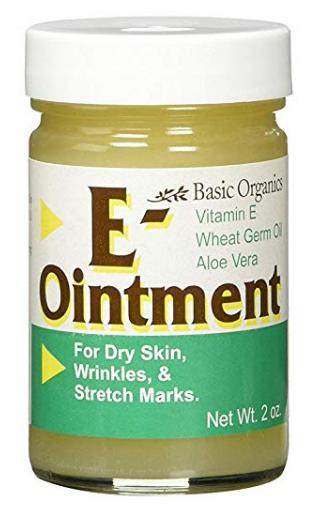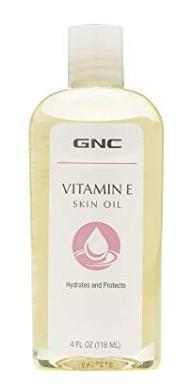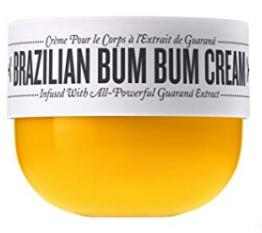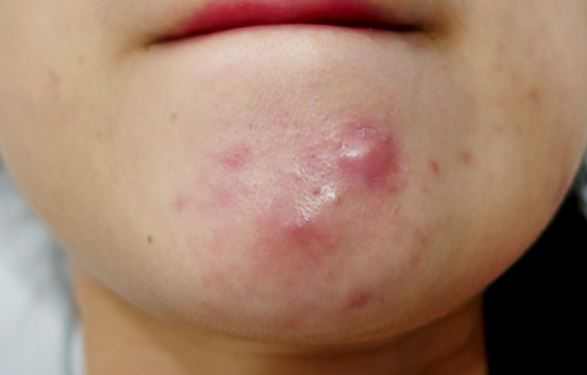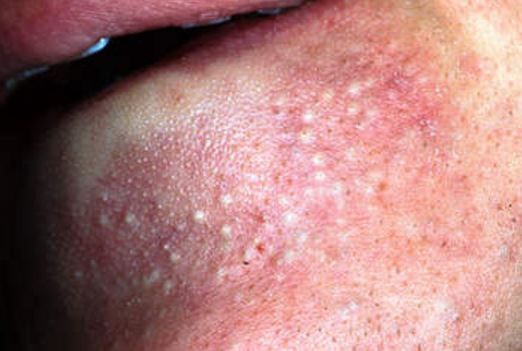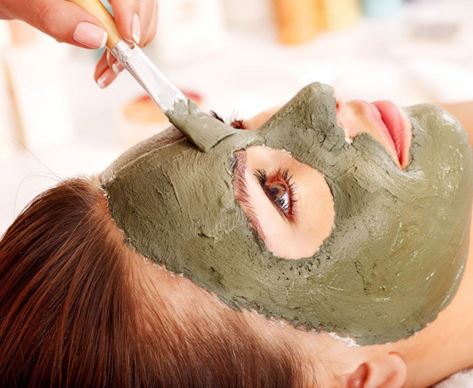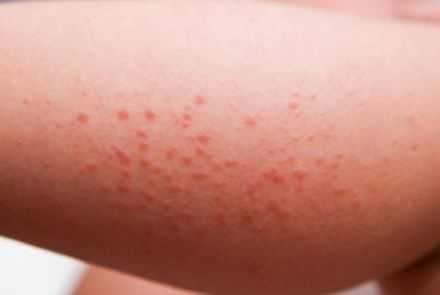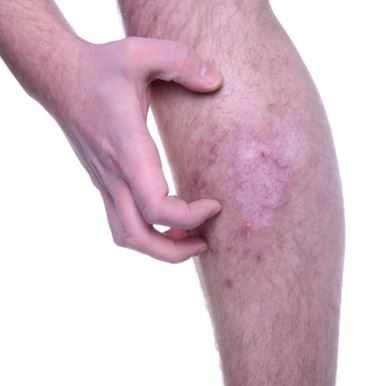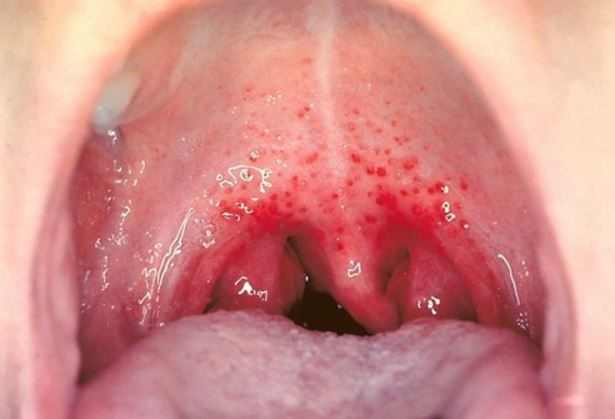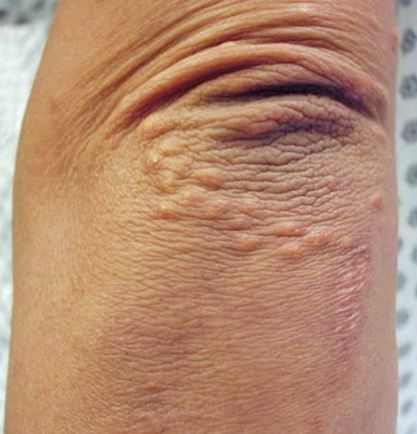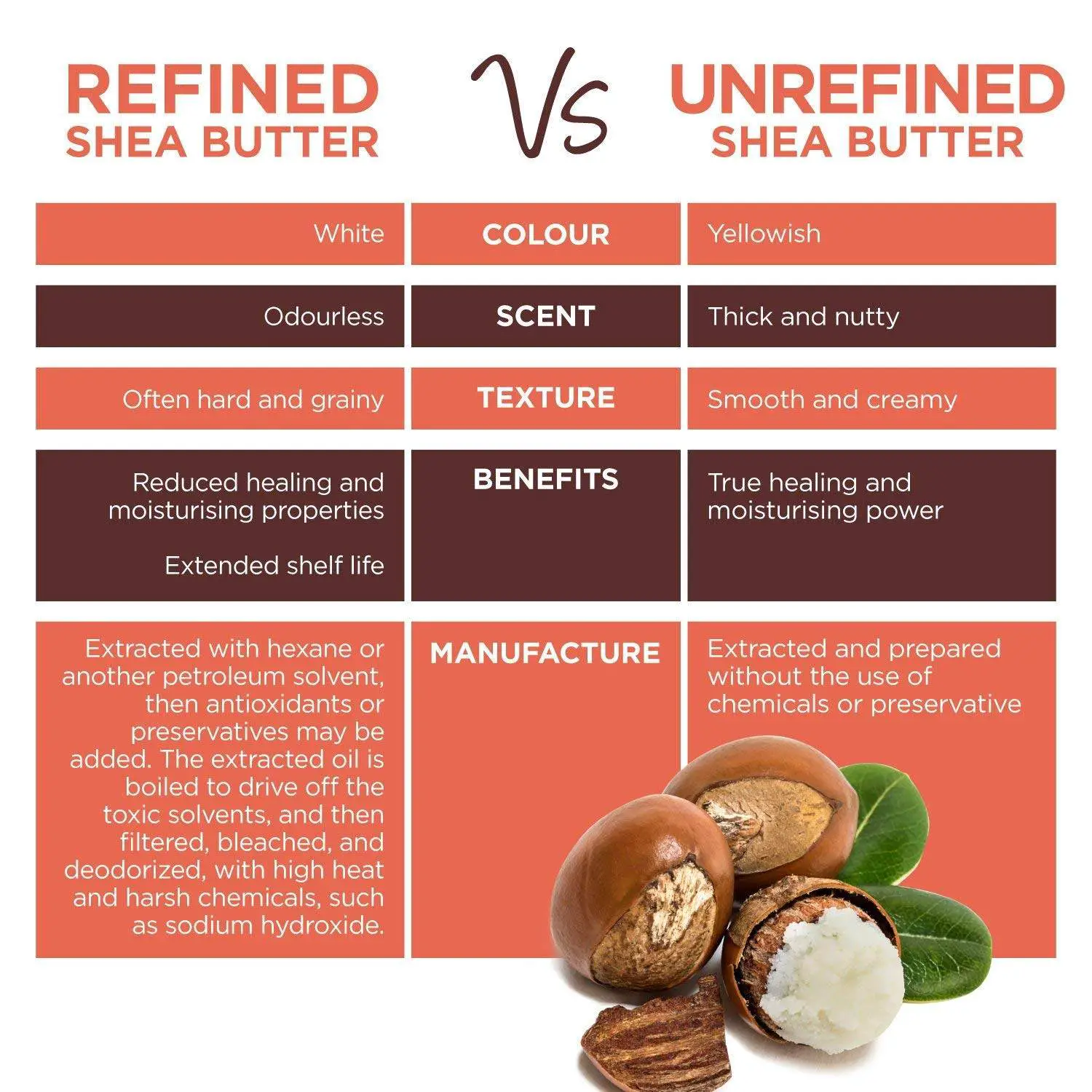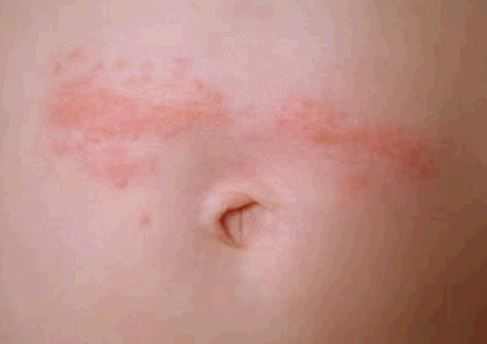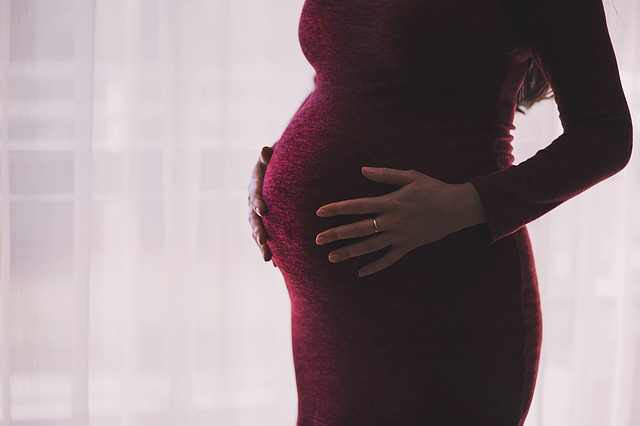What is mucus in eye? Why is mucus coming out of my eye in the morning or after waking up? Excessive and stringy eye mucus can be a sign of an eye infection. Here are the causes and treatments for excessive eye discharge or crusty eye mucus.
Eye discharge, or “sleep” in your eyes, is a combination of mucus, oil, skin cells and other debris that accumulates in the corner of your eye while you sleep. It can be wet and sticky or dry and crusty, depending on how much of the liquid in the discharge has evaporated.
Other terms used to describe eye discharge include eye boogers, eye mattering, eye gunk and eye pus. Sometimes called rheum, eye discharge has a protective function, removing waste products and potentially harmful debris from the tear film and the front surface of your eyes.
Your eyes produce mucus throughout the day, but a continuous thin film of tears bathes your eyes when you blink, flushing out the rheum before it hardens in your eyes.
When you’re asleep — and not blinking — eye discharge (or mucus in eye) collects and crusts in the corners of your eyes and sometimes along the lash line, hence the term “sleep in your eyes.”
Some sleep in your eyes upon waking is normal, but excessive eye discharge, especially if it’s green or yellow in color and accompanied by blurry vision, light sensitivity or eye pain, can indicate a serious eye infection or eye disease and should be promptly examined by your eye doctor.
This article will highlight the causes of the stringy eye mucus and possible modes of treatment available for this condition.
Why is mucus coming out of eye? What causes eye mucus?
The causes of eye mucus discharge, in excess include allergies, common cold, infections of the tear ducts and even after lasik eye surgery. Both viral and bacterial infections, glaucoma and bronchitis can also show signs of excess mucus in the eye.
1. Common cold
When you get a common cold, you may experience mucus in your eye. This occurs when the bacteria in the sinus cavities around the nose build up enough to take over and cause an infection. Sinus headaches. Pain or severe pressure behind and around the eyes, forehead, and upper cheeks can be a sign of sinus infection.
Remember, it is normal to have some headache at the beginning of a cold, or during the worst part of a cold. Green discharge from the eyes. If this is the only symptom, then it may be pink eye (or conjunctivitis). Eye drainage accompanied with all these other symptoms can mean sinus infection.
2. Allergies and pink eye mucus
Pink eye symptoms vary by type of conjunctivitis. Your symptoms may be a clue to the type of conjunctivitis you have.
If you have a bacterial infection causing your pink eye, you will usually have very red eyes. You may find crusting on your eyelids that can make them stick together as well as a heavy, pus-like discharge from your eyes that may be greenish at times. This infection may spread to both eyes.
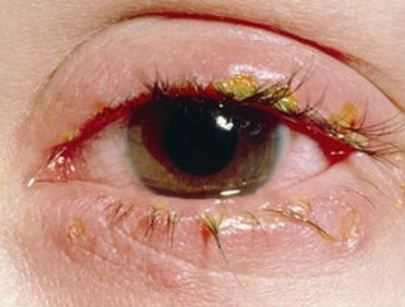
With viral conjunctivitis a very red, swollen eye, crusty eyelids and a more watery discharge is likely. This discharge can also have strands of mucus on eye or white, ropy strands. While many cases of viral pink eye infect only one eye, this infection can also spread to the other eye.
Thereare some proven medications to use at home that help in this condition:
- Goodbye Pink Eye Natural and Organic Relief (Check price on Amazon)
- Similasan Complete Eye Relief .33 fl. oz. (Check price on Amazon)
If allergies are causing your conjunctivitis, it will often look similar to viral conjunctivitis. Your eyes will be red and tearing. However, they will also be itchy. It is likely you may have a stuffy, runny or itchy nose as well.
3. Tear duct infection
Dacryocystitis is an infection in the tear drainage system. Tears drain from each eye through small canals, a tear sac (lacrimal sac) and a tear duct (nasolacrimal duct).
Tears are made by a small organ above the eye under the upper lid. At the inner corner of each upper and lower eyelid is an opening to a small tube (drainage canal). The drainage canals carry away tears that have rinsed the front surface of the eye away so fresh tears can come in.
The tear drainage system can get infected if it becomes blocked and bacteria collect in the ducts or the lacrimal sac. A blockage near the nose also can cause excessive tearing from the eye.
Typical symptoms of acute tear duct infection include:
- Pain, redness and swelling of the lower eyelid at the inner corner of the eye
- Excessive tearing
- Pus or mucus in eye
- Fever
4. Contaminated eye contacts
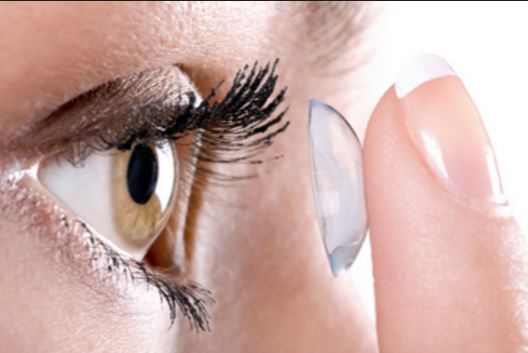
Wearing old or dirty contact lenses is also a common cause of discharge. Contact lenses that are old are harmful in many ways.
First, the lenses themselves may be contaminated with bacteria or virus organisms that embed themselves into the lens or case material.
Second, deposits of protein and oils from your normal tear flow build up on the contact lens surface and are no longer recognized by your immune system as normal. This causes your body to react to these deposits with an inflammation that includes discharge and mucus in eye.
Third, old contact lenses don’t transmit as much oxygen to the front of the eyes, thereby causing hypoxia and leaving your eyes even more susceptible to opportunistic infection.
5. After lasik surgery
Dry eyes can occur naturally or as a result of LASIK eye surgery or or cataract surgery Kansas. Dry eyes may be a temporary side effect after a patient undergoes laser surgery. A person who had the condition prior to surgery may find their condition worsened.
If you are considering LASIK surgery, it is important to alert your surgeon prior to surgery if you have dry eye.
The eye requires natural tears, which are produced by the eye, providing continuous moisture. Dry eyes result where some people do not produce enough tears to keep the eye comfortable and healthy. This condition is known as Dry Eye Syndrome.
If you have Dry Eyes, you may experience a number of common symptoms including stinging or burning, scratchiness, excessive mucus in your eyes, reduced tolerance to smoke or wind, difficulty wearing contact lenses and excessive tearing.
In addition to irritation and physical pain of dry eyes, in more severe cases, the condition may impair overall visual function, with complaints of poor visual acuity or quality.
6. Bronchitis
Coughing up yellow and green mucus, fatigue, soreness in the chest: these are the symptoms of bronchitis. The acute form of bronchitis is usually a chest cold gone bad. The bronchial tubes in the lungs become inflamed which produces mucus and creates a cough.
Other signs of bronchitis include a mild headache, body aches, a low-grade fever, watery eyes, mucus in eyes and a sore throat. Most of these symptoms will last up to two miserable weeks, but the cough might linger for up to 8 weeks.
7. Glaucoma
A clear fluid called aqueous humor circulates inside the front portion of our eyes. To maintain a constant healthy eye pressure, the eye continually produces a small amount of aqueous humor while an equal amount of this fluid flows out of the eye.
The fluid flows out through a very tiny drain called the trabecular meshwork, a complex network of cells and tissue in an area called the drainage angle.
If you have glaucoma, the aqueous humor does not flow through the trabecular meshwork properly.
If the drainage angle is becoming less efficient at draining fluid, as in the common open-angle glaucoma, excess fluid cannot flow out of the eye properly, causing the intraocular pressure (IOP) to increase.
This lack of drainage or a less efficient drainage system causes build-up of the liquid humor and this in turn causes formation mucus in eye.
8. Viral and bacterial infections
Viral conjunctivitis is highly contagious and is caused by a virus such as the common cold or herpes simplex virus. Eye discharge associated with viral pink eye typically is clear and watery, but may include a white or light yellow mucus in eye component.
Bacterial conjunctivitis, as the name indicates, is caused by bacterial infection and can be sight-threatening if not treated promptly. Eye discharge is usually thicker and more pus-like (purulent) in consistency than viral pink eye, and is commonly yellow, green or even gray.
Often, the sticky mattering will cause your eyelids to feel completely glued shut upon waking in the morning.
See also:
- Crusty Eyes, Adults, Newborns, Causes, Symptoms, Treatment
- Thick Green Mucus in Nose and Throat Dark Green Snot Meaning and Remedies
Eye mucus in toddlers and infants.
A common problem in babies is a clogged tear duct in one or both eyes. Tears are made in the upper eyelid and drain into the nose through a duct on the lower eyelid.
A blocked tear duct causes the eye to appear to water excessively. Sometimes a thick, yellow drainage occurs. Unless the white of the eyeball looks red, this is not pink eye.
A small amount of dry stuff only in the corner of the eye. It may not even be pus. A collection of mucus can be cream colored. Often due to an irritant that got in the eye from dirty hands. Needs no treatment except wiping it away with warm water.
Blocked Tear Duct- Present in 10% of newborns. Main symptom is a constant watery eye. Tears fill the eye and run down the face. This happens even when not crying. The eye is not red and the eyelid is not swollen. The wet eye may get secondary infections. This will cause mucus in the eye of the toddler.
Excess eye mucus discharge
Conjunctivitis will cause your eyes to feel itchy, irritated, and gritty, and produces green, white, or yellow eye mucus that results in severe crusting. Conjunctivitis could make your eyes feel as if they are glued shut upon your waking.
- Blepharitis – This eyelid disorder can often result in the production of excessive yellow or green eye pus, foamy eye discharge, and eyelid crusting.
- Stye – Often caused by an infected eyelash follicle, a stye can trigger yellow pus, eyelid crusting and discomfort while blinking.
These conditions can cause the eye to have excess discharge of mucus in eyes. It would be advisable to seek medical help from your primary healthcare provider.
White mucus in eye
Small amounts of white mucus in the eye are common. Some drainage or crusting of the lids, especially in the morning, may be normal.
Clear or watery drainage from the eye is often due to allergies or a virus. The eyes may also be itchy and red and feel scratchy. Colds, flu, and viral pinkeye (conjunctivitis) also can cause watery eyes and a runny nose.
It is very common for pinkeye drainage to cause the eyelids to stick together during sleep. When the eyelids are stuck together, they may swell during the night. This matting of the eyelids occurs with almost every type of pinkeye.
Once this matted drainage is cleaned away, the eyelid swelling usually goes away.
Creamy white drainage that causes the eyelids to be red, puffy, or stick together in the morning may mean a bacterial infection. If swelling and redness improve within 1 or 2 hours of opening your eyes and the drainage is clearing up gradually over a couple of days, the problem may be less serious.
If there are no other symptoms, 3 or 4 days of home treatment may be all that is needed to clear up the symptoms.
Stringy eye mucus
Mucus fishing is both something that patients do and a medical diagnosis. Patients with MFS literally ‘fish’ mucus in eyes with their finger, a tissue, cotton bud etc.
Common causes include dry eye, viral and allergic conjunctivitis, blepharitis and pterygium. For whatever reason the eyes produce more mucus and patients naturally clean it away. Unfortunately touching the very sensitive tissues on the surface of the eye or inside of the eyelid causes more inflammation and greater mucus production. Increased amounts can also come out when blowing nose.
Even if the original problem goes away a vicious cycle of production of mucus in eyes and fishing continues.
The most common complaint is the presence of stringy mucus that gathers inside the lower eyelid, sticks to the surface of the eye and covers the cornea interfering with vision. Some patients also complain of irritable, red and itchy eyes.
Related symptoms
Eye mucus may be accompanied with other symptoms such as a sore throat, cough, sneezing, blurry vision and discomfort at night or when waking up in the morning. Here are the different symptoms to look out for.
Sore throat and cough
When you get a cold that causes production of mucus in eyes, it will most likely to be accompanied by sore throat and a cough that could become severe. This is because for a cold to cause you to experience mucus in eyes, it has to be a really serious cold.
Blurry vision
Your eyes produce mucus throughout the day, but a continuous thin film of tears bathes your eyes when you blink, flushing out the rheum before it hardens in your eyes.
When you’re asleep — and not blinking — eye discharge collects and crusts in the corners of your eyes and sometimes along the lash line, hence the term “sleep in your eyes.”
Some sleep in your eyes upon waking is normal, but excessive eye discharge, especially if it’s green or yellow in color and accompanied by blurry vision, light sensitivity or eye pain, can indicate a serious eye infection or eye disease and should be promptly examined by your eye doctor
Eye mucus at night and after waking up
Eye mucus is described as thick, yellow discharge that forms in the corners of the eye. Often settling into a hard crust on the eyelid and lashes, mucus in eye can also be more pus-like, with green, liquid discharge leaking from the eye.
Most commonly, mucus builds overnight while you are sleeping, and it seeps out of your eye throughout the night. In more extreme cases, you might even wake up being unable to open your eyes. If you have an eye infection, such as conjunctivitis, mucus will continue to seep from the eye throughout the day.
Eye Mucus Treatment
| IMAGE | PRODUCT | DETAILS | |
|---|---|---|---|
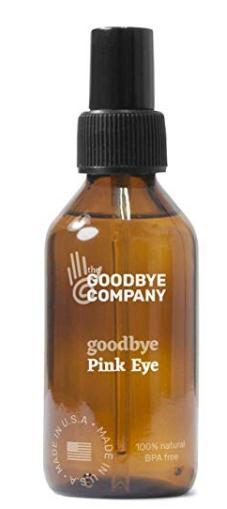 |
Goodbye Pink Eye Natural and Organic Relief
|
|
Check price |
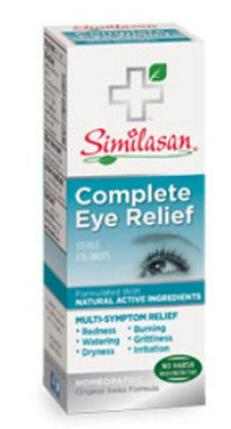 |
Similasan Complete Eye Relief
|
|
Check price |
 |
Bruder Moist Heat Eye Compress
|
|
Check price |
- A small amount of eye discharge is harmless, but if you notice changes in the color, frequency, consistency and amount, consult your eye doctor.
- If an eye infection is the cause of eye mucus, your eye care practitioner may prescribe antibiotic or antiviral eye drops and ointments. If eye allergies are making your eyes watery and irritated, over-the-counter antihistamine eye drops and decongestants may relieve symptoms.
- Warm compresses placed over your eyes may help relieve symptoms of itching and general eye discomfort, as well as help remove eye mucus. You can find great warm compresses on amazon here
- If your eyelids are stuck together, the best way to “unglue” your lids is to wet a washcloth in hot water and place it over your eyes for a few minutes, before gently wiping away the eye gunk.
- Using Tea Bags – Regular black or green tea bags that have been steeped in warm or cool water may help reduce swollen eyelids and redness of the eyes.
- The natural antioxidants and tannins in the tea may also provide some comfort from itchiness and burning.
- Placing tea bags on an infected or irritated eye shouldn’t have any adverse effects.
- Throwing away old make-up, especially make-up that was used while you had an infection in your eyes, will greatly reduce the chances of the infection coming back.
- Contaminated cosmetics are a leading cause of eye infection, and if they are not thrown away you will be reapplying the bacteria every time you use them.
- Replace and care for your contact lenses according to your eye doctor’s instructions. Remember to replace your storage case regularly as well. There are great contact lens solutions that work like your eyes with the same lubricant they have naturally
Sources and references:
- All About Vision: Eye Discharge.
- Seattle Children’s: Eye-Pus or Drainage.
- Eye Health Web: Eye Discharge- Symptoms, Causes and Reliefs.
- Silverstein Eye Centers: Signs of Abnormal Eye Discharge.

